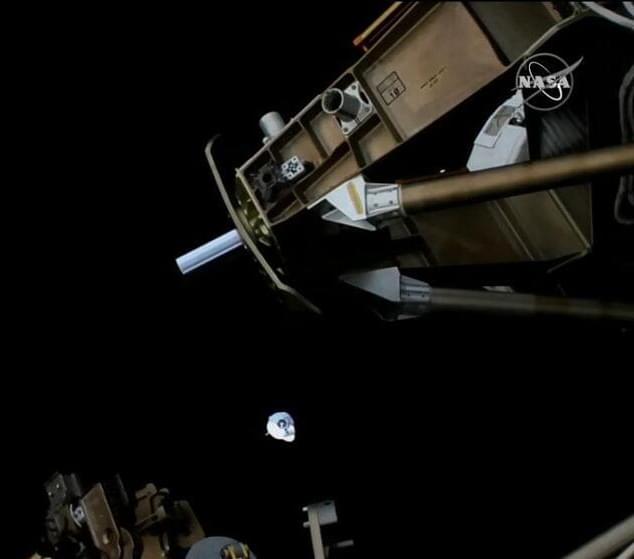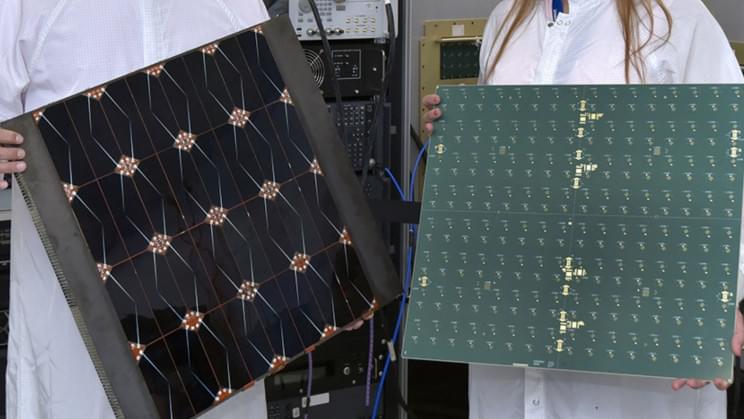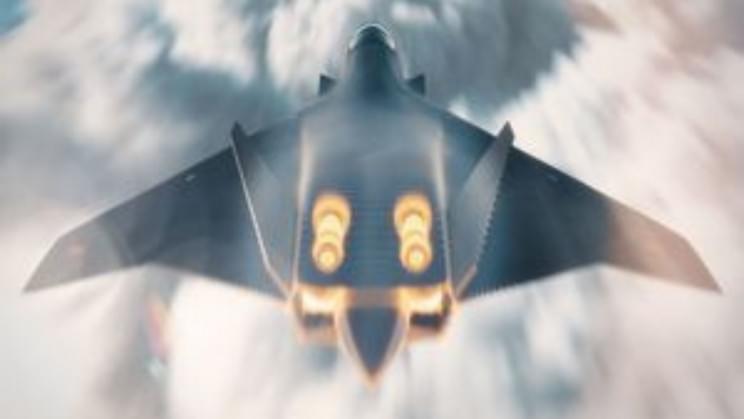An international study shows which factors determine the speed limit for quantum computations.
Which factors determine how fast a quantum computer can perform its calculations? Physicists at the University of Bonn and the Technion – Israel Institute of Technology have devised an elegant experiment to answer this question. The results of the study are published in the journal Science Advances.
Quantum computers are highly sophisticated machines that rely on the principles of quantum mechanics to process information. This should enable them to handle certain problems in the future that are completely unsolvable for conventional computers. But even for quantum computers, fundamental limits apply to the amount of data they can process in a given time.






